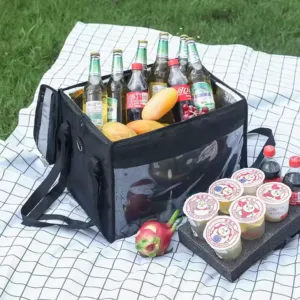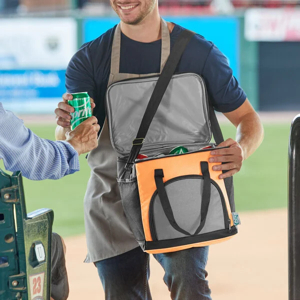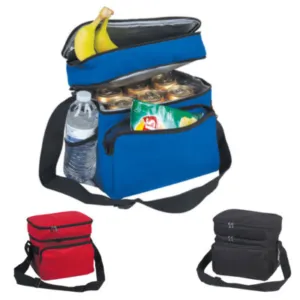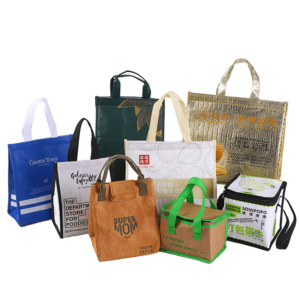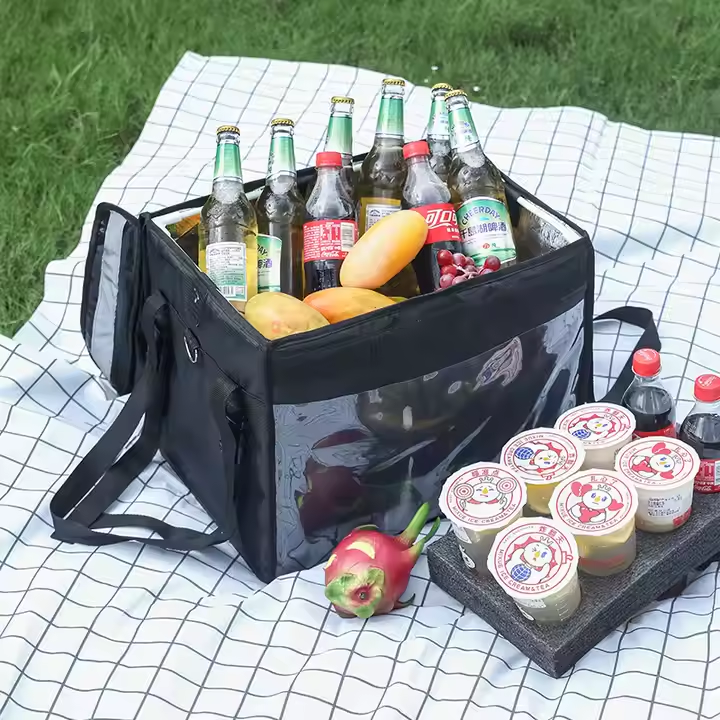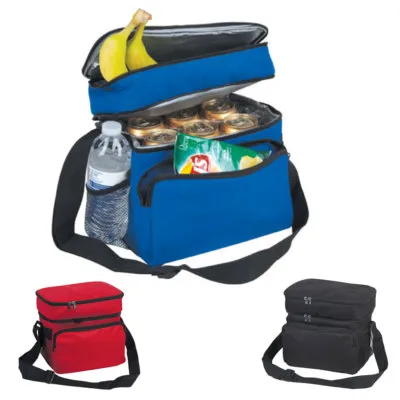When it comes to choosing the right Oxford fabric for your products, the debate between 600D and 420D is common among manufacturers and exporters. Both materials have unique properties, and understanding their differences can help you make an informed decision.
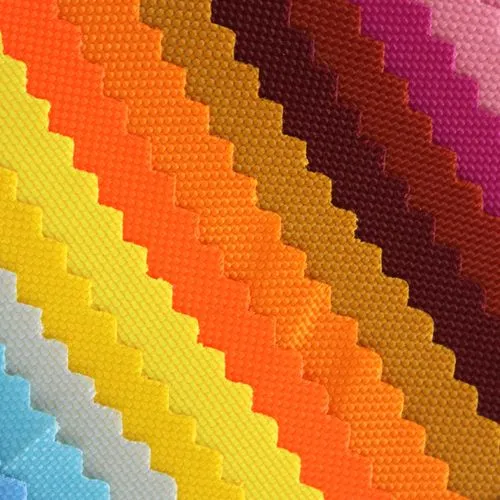
1. Durability and Strength:
600D Oxford fabric is generally thicker and more durable than 420D. The "D" stands for denier, a unit of measurement for the fabric's density. As a result, 600D fabric can withstand more wear and tear, making it ideal for heavy-duty applications like backpacks and outdoor gear. On the other hand, 420D is lighter and may be suitable for less demanding uses.
2. Weight and Flexibility:
While 600D offers greater durability, it is also heavier and less flexible than 420D. If your product requires lightweight and flexibility, such as for clothing or lighter bags, 420D may be the better choice.
3. Cost:
In terms of pricing, 600D fabric typically costs more than 420D due to its enhanced durability and strength. If budget is a concern, consider the intended use of the product. For high-quality, long-lasting items, investing in 600D may be worthwhile.
4. Water Resistance:
Both fabrics can be treated for water resistance, but 600D often performs better in wet conditions due to its tighter weave. This makes it a better option for outdoor products that need to repel water.
5. End Products:
600D is often used in products that require extra strength, such as luggage, tactical gear, and outdoor furniture. Meanwhile, 420D is suitable for items like casual bags, sports equipment, and lightweight apparel.
Conclusion:
Ultimately, whether 600D or 420D Oxford fabric is better for your export products depends on your specific needs. If durability and strength are your top priorities, 600D is the way to go. However, if you’re looking for something more economical and lightweight, 420D may be the better option. Consider your target market and product requirements to make the best choice.



